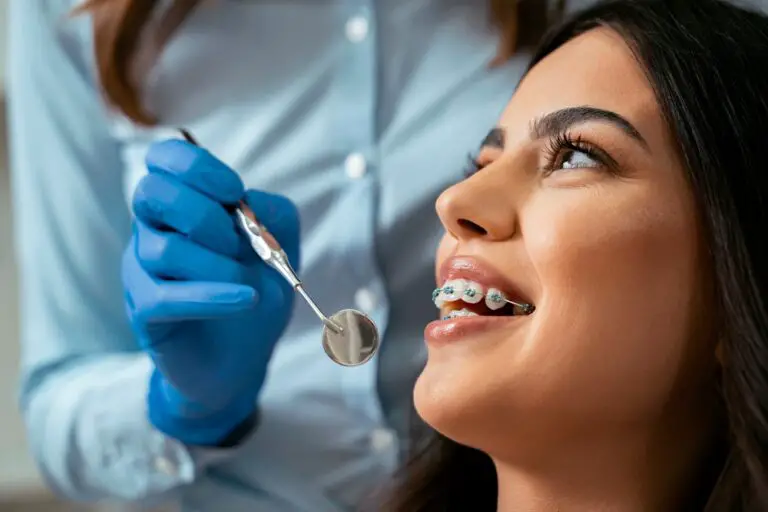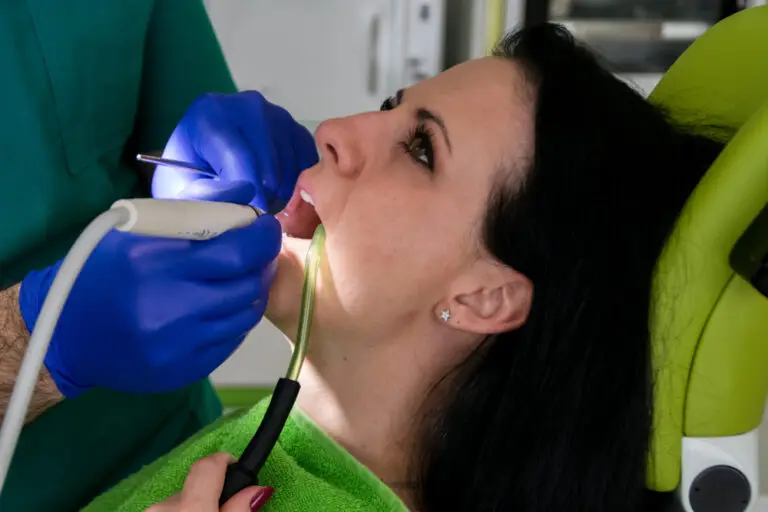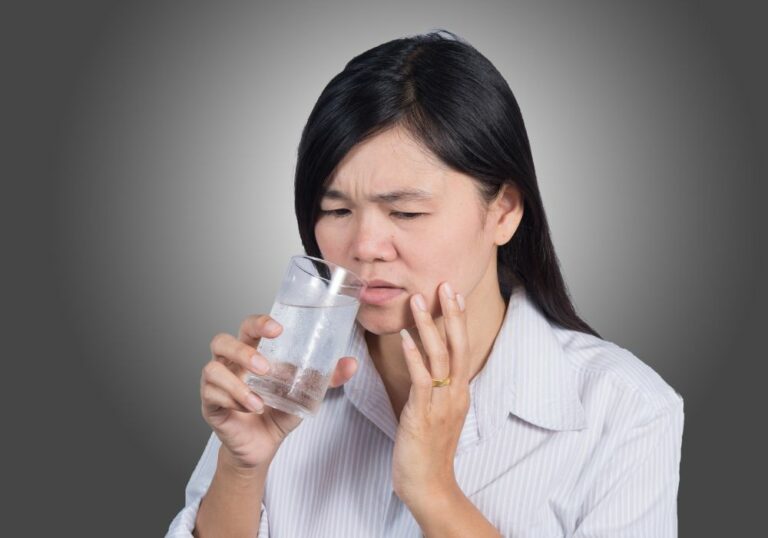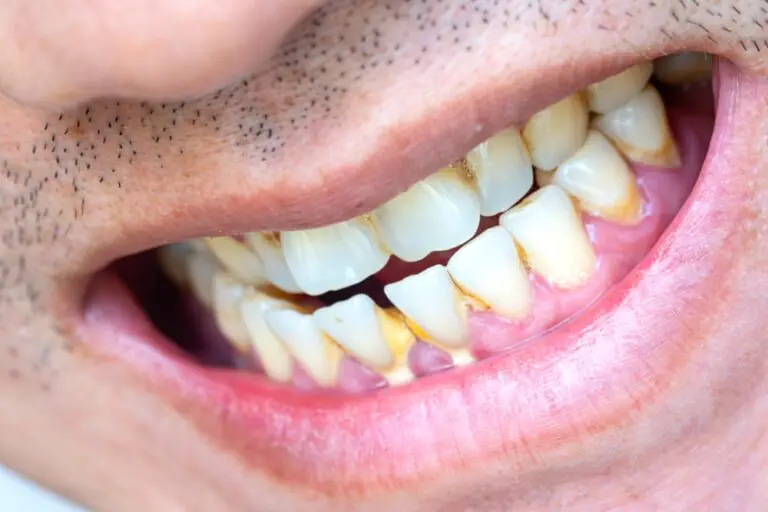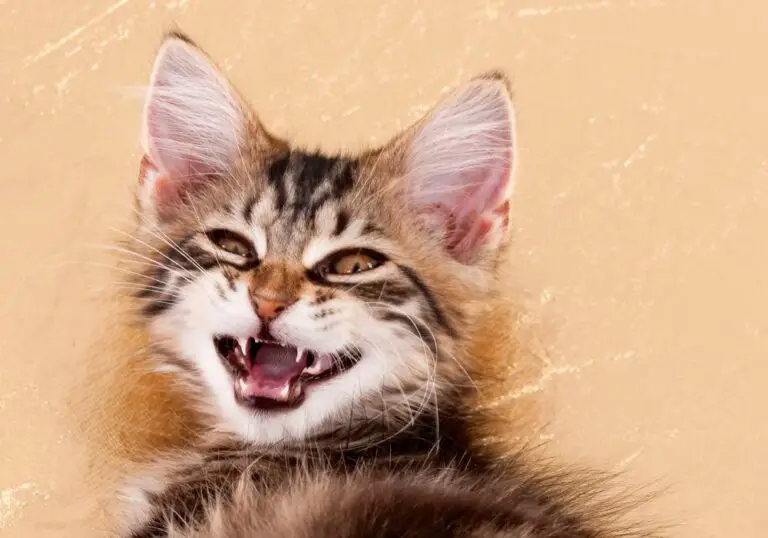A deep dive into bovine dentition
Cows, along with all other ruminant animals like sheep, goats, deer, etc., do not have canine teeth. Instead, they possess a highly specialized dentition adapted for efficiently grazing on and grinding tough plant material. Here’s an in-depth look at the components of a cow’s teeth and how they function:
Types of teeth
Cows have 32 permanent adult teeth that are organized into 4 types, each with specialized roles:
Incisors
- Number – Cows have a total of 8 incisor teeth, located along the bottom front of the mouth.
- Appearance – The incisors have a wide, thick and flat surface. The outer enamel layer is extremely hard and durable.
- Purpose – The incisors act like blades to cleanly bite off and shear mouthfuls of grass and hay. Their width allows them to grip and tear off plant matter.
Premolars
- Number – Behind the incisors, cows have 6 premolars both on the upper and lower jaws, for a total of 12 premolars.
- Appearance – Premolars have ridged surfaces running across them, designed for grinding. They may also have small pointed cusps.
- Purpose – The premolars tear and cut plant material grasped by incisors. Their ridges help grind food on its way to the molars.
Molars
- Number – Cows have a total of 12 large molars, with 6 on each the upper and lower jaws. They are located furthest back in the mouth.
- Appearance – Molars have broad ridged surfaces for grinding, with complex folds of enamel. The ridges are sharper in younger cows and gradually wear down.
- Purpose – Molars are the primary grinding teeth. Their ridges facilitate breakdown of coarse plant matter and release nutrients by mechanical and chemical digestion.
No canines
Cows completely lack upper and lower canine teeth altogether. There are no canines in front of the premolars where they could aid in killing and tearing prey.
Replacement schedule
Cows have a specialized tooth replacement timeline:
- Calves are born completely toothless. Their gums are covered by a tough pad.
- The first set of temporary deciduous teeth start emerging through the gums at 2-4 weeks old.
- By 6-8 weeks of age, calves have a full set of 20 deciduous teeth – 8 incisors and 6 premolars on each jaw.
- Around age 2, the larger permanent incisors and premolars start replacing the smaller deciduous versions from the front.
- The large permanent molars emerge alongside the new premolars between ages 2-3 years.
- By age 5, the full adult set of 32 teeth have erupted through the gums and are in use.
This timeline allows calves to transition from nursing to grazing and ruminating seamlessly. The temporary teeth help them sample green grass and hay, while the adult teeth take over grinding tough vegetation efficiently.
Why cows don’t need canines?
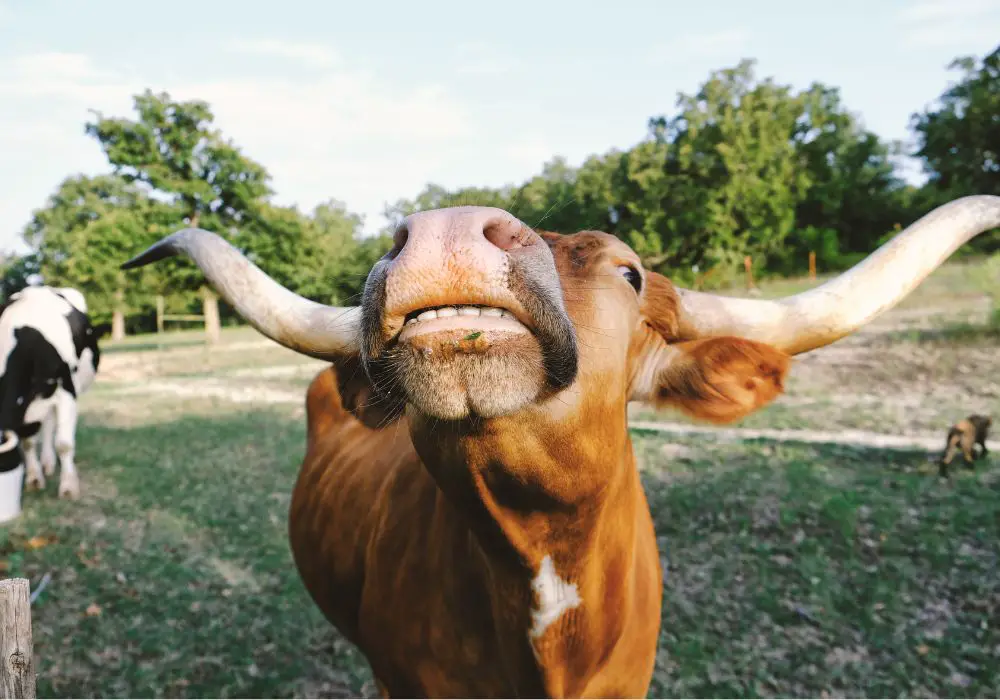
Given their specialized grazing and grinding teeth, here are some of the top reasons why cows have no biological requirement for canine teeth:
Herbivorous diet
- As obligate herbivores, cows feed exclusively on fibrous plant materials like grasses, hay, silage, grains and crop residues. They have no need to capture or kill prey.
- Without meat or carrion in their diet, cows do not need to tear or puncture flesh, a job that canines perform in carnivores.
- Their food can be adequately gripped and sheared off by the incisors before being processed by premolars and molars.
Grazing and rumination adaptations
- Cows utilize their nimble tongue and lower incisors to selectively bite off and grasp clumps of grass while grazing. Canines would not help grip grass.
- During rumination, cows regurgitate cud from their stomach to chew again using their molars. Canines would have no role in this process.
Peaceful temperament
- Cows are passive, non-aggressive animals. Even mothers defending calves use their heads more than teeth for pushing or butting.
- They do not have territorial fights where canines could help deliver dangerous biting injuries. Dominance is established through non-violent behavior.
Head and mouth structure
- A cow’s large, broad mouth is ideal for bulk grazing and grinding. It would be less efficient if obstructed by long canines.
- Since cows do not hunt prey, their head is more optimized for horizontal grazing as opposed to a vertical biting attack angle in carnivores.
Evolutionary history
- The Bovidae family of cloven-hoofed ruminants that cows belong to have always been herbivorous grazers since their emergence around 20 million years ago. They never evolved canine teeth in their ancestry.
Complex cud chewing process
A cow’s lack of canine teeth and possession of incisors, premolars, and molars instead allows them to effectively carry out a complex chewing process called rumination:
- Cows use incisors and premolars to bite off, tear, and chew mouthfuls of grass and hay.
- The food is swallowed with minimal chewing into the rumen, the first of four stomach compartments.
- In the rumen, the food is partially digested by fermentation from symbiotic microbes. Hard fibrous matter is broken down.
- The cow later regurgitates a bolus of semi-digested cud from the rumen back up to the mouth for further chewing.
- The cow chews the cud thoroughly with its molars and premolars, breaking down fiber and stimulating production of buffers and saliva.
- After extensive chewing into a fine paste, the cow swallows the cud back down towards the other stomachs, allowing full digestion.
This repetitive chewing of regurgitated cud enabled by the cow’s diverse teeth allows cellulose and proteins within plant fiber to be efficiently extracted and utilized by the cow. Canine teeth would play no useful role in rumination.
Roles of the 4 specialized teeth types
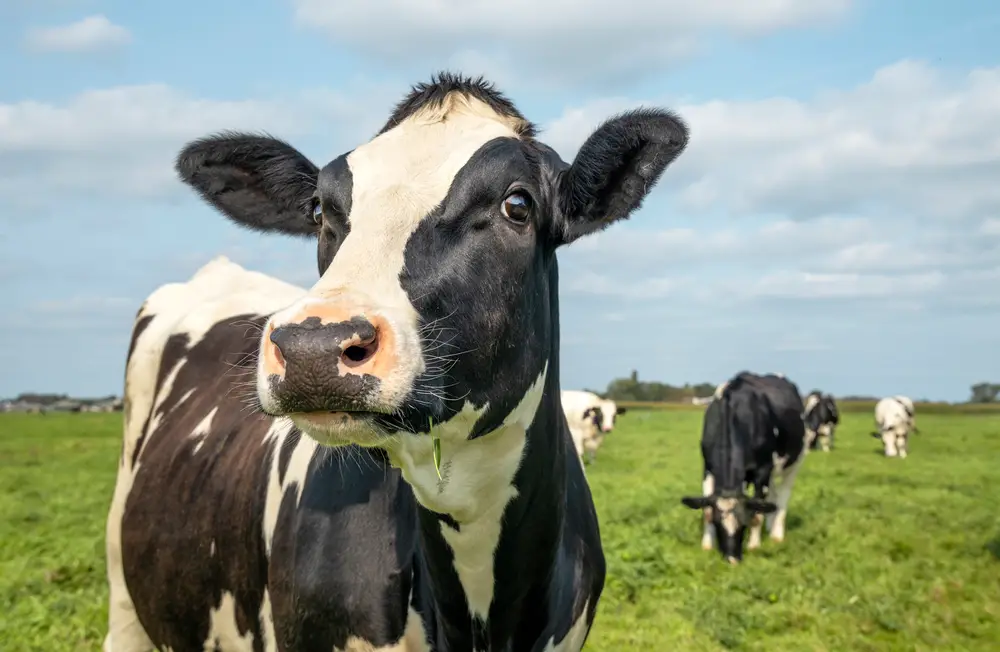
As seen above, each type of tooth in a cow’s dentition plays specific roles:
Incisors
- Grasping and cutting mouthfuls of forage using their chisel-like edges
- Plucking select leaves and stems while grazing
- Initiating breakdown of plant cell walls mechanically
Premolars
- Tearing and shredding forage with their ridged surfaces
- Continuing mechanical breakdown alongside molars
- Helping grip and maneuver food during chewing
Molars
- Grinding and pulverizing coarse plant matter during chewing
- Crushing and mashing cud thoroughly during rumination
- Stimulating release of buffers and saliva to aid digestion
- Facilitating chemical breakdown of cellulose and release of nutrients
No Canines
- Since cows eat only plant materials, canine teeth would serve no purpose
- Canines may even hinder the sideways grinding motion of their jaws
- Resources are better devoted to growing incisors, premolars and molars
Do any ruminants have canines? The musk deer exception
While most ruminants like cattle, sheep, goats, deer and antelopes completely lack canine teeth, there is one exception – the musk deer.
Native to Asia, musk deer possess the following unusual dental traits:
- They have a full set of prominent upper and lower canines. The upper canines are elongated tusks in males.
- They lack upper incisors altogether, just having lower incisors.
- They have standard premolars and molars for grinding like other ruminants.
It is believed that musk deer use their tusk-like canines for:
- Competing for territory and resources like salt licks during mating season
- Display of dominance between males
- Self-defense in their solitary lifestyle
Their diet still consists mainly of leaves, grasses, mosses, fruits, and berries. The canines likely help them eat specific plant parts as well. Compared to cows, the musk deer is much smaller, less social, and not specialized for grazing on open pastures.
Conclusion
In summary, cows and the vast majority of ruminants do not have or require canine teeth in their dentition. As obligate grazing herbivores, cows’ various incisors, premolars and molars are fully adapted by evolution for biting off, mechanically breaking down, and chemically digesting tough fibrous plant materials through repetitive chewing motions. The complex four-compartment cow stomach also facilitates full digestion of grass and hay without a need for meat-tearing canines. Their peaceful social behavior within herds further negates any role for canines. Only the solitary, territorial musk deer among ruminants possesses fighting canines, yet still mainly browses on vegetation. Thus, given their morphology, diet and lifestyle, cows have no biological necessity for canines and are perfectly adapted to thrive chewing their cud!

